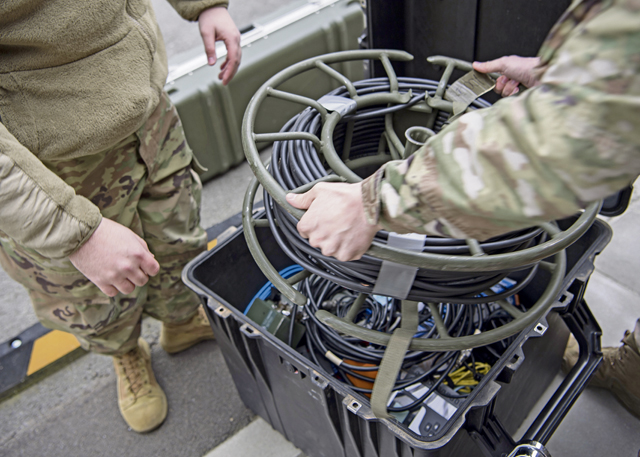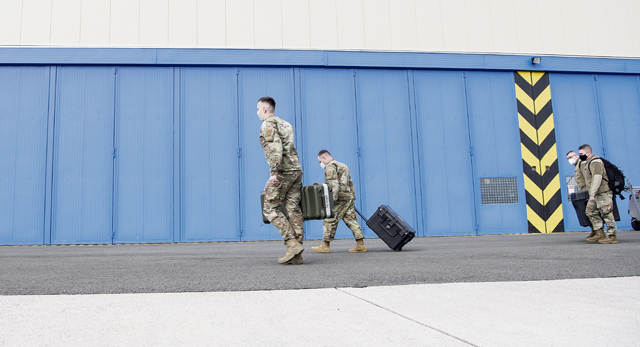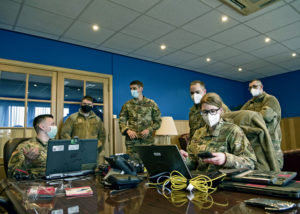
Members of the 86th Airlift Wing participated in an Agile Combat Employment exercise across Europe, March 12.
ACE prepares the U.S. Air Force and its partners for potential short-notice contingencies by posturing Airmen from a variety of career fields at multiple locations to respond to a wide array of military operations.
“ACE exercises are designed to challenge our well-known warfighting paradigm in the name of a lighter, leaner, more agile force,” said Maj. Brad Breedlove, 86th AW ACE team lead. “For Team Ramstein, this exercise aimed to include more than just launching aircraft.”
Breedlove explained the rapid mobilization capabilities that were demonstrated by personnel from multiple 86th AW units.
“From logistics Airmen preparing cargo for transport, to communications Airmen learning expeditionary skills, every member of Team Ramstein is considered an integral part of ACE.”
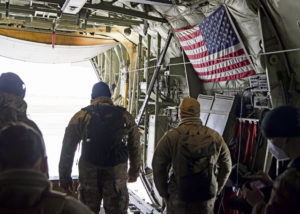
Breedlove believes that in order for an ACE exercise to be successful, every participant must be individually empowered to operate with a sense of agility at the forefront of their efforts.
Aircraft from the 37th Airlift Squadron loaded equipment and crews were launched to three airfields across Germany and Chièvres Air Base, Belgium.
One of those teams included Airmen from the 1st Combat Communications Squadron and 86th Communications Squadron, who worked together to set up a tactical satellite radio and established an executive communications kit at Chièvres AB.
This system is integral for forward-deployed units to maintain communications with command and control functions, as well as other aircraft in the area. While this is a common mission set for the 1st CBCS, establishing a remote connection was a new experience for 86th CS Airmen and enhanced their knowledge and capabilities.
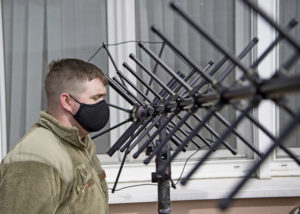
“It’s our main job to give deployable comms to several people around the (area of responsibility) as well as Africa,” said Staff Sgt. Cody Coulter, 1st CBCS lightweight network operations team noncommissioned officer in charge.
“The 86th CS is looking at taking over this concept of rapid deployments so it’s important for them to learn from the 1st Combat Comms because we’re the best that’s around.”
“Comms provide one of the most essential parts of airlift,” said Maj. Noah Palicia, 37th AS C-130J Super Hercules instructor pilot. “We may disperse and we’re sitting on the ground for a while, but without their link, especially a secure link for us to get follow-on orders, our mission is nullified.”
All personnel returned to Ramstein before sunset, bringing with them new capabilities and an increased knowledge in order to accomplish the mission anywhere, anytime.
